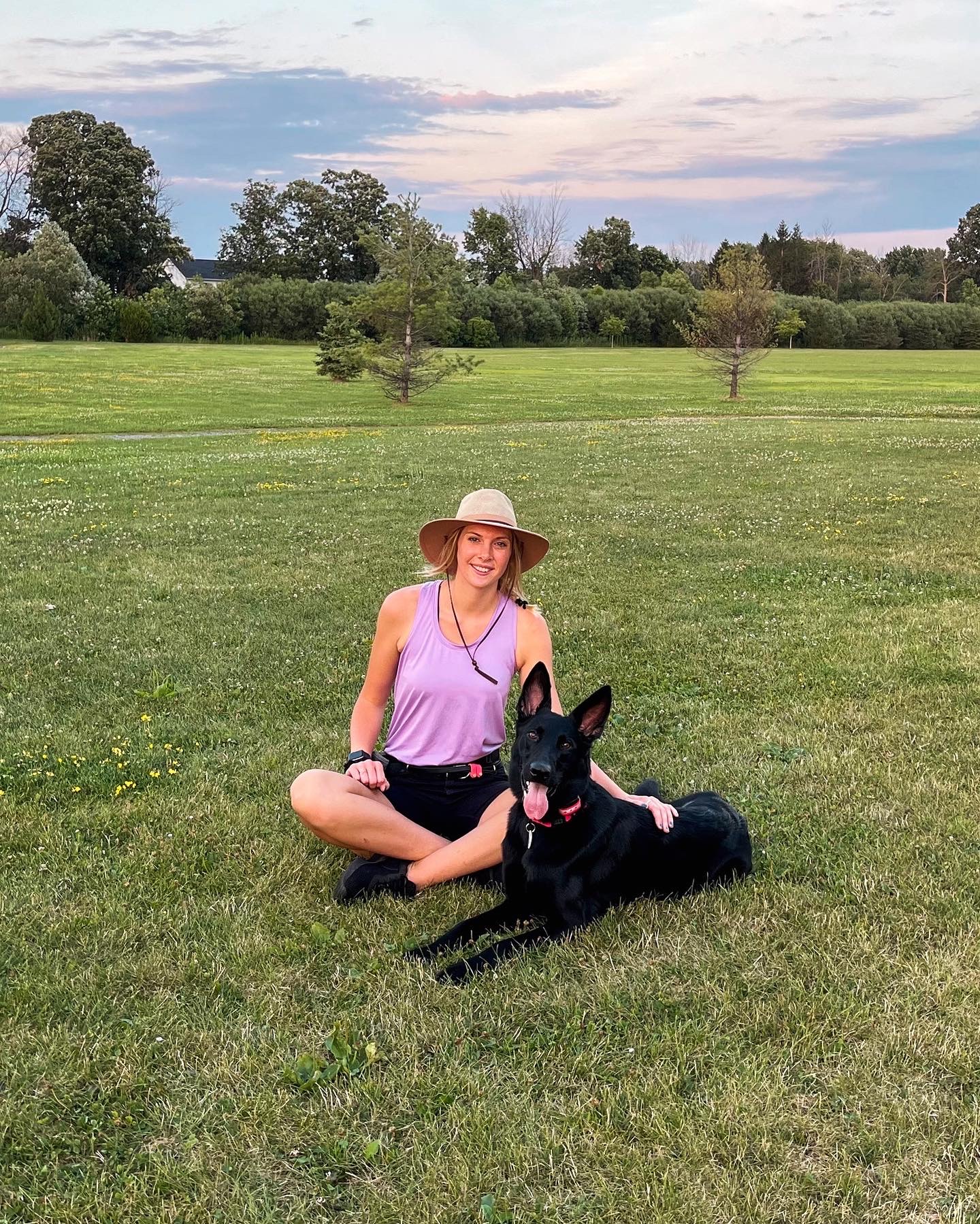Things To Consider With An Aggressive Dog
- Bailee Smalt

- Jan 27
- 2 min read
Keeping a dog with aggressive tendencies requires thoughtful planning and management, and may not be right for everyone. Never feel bad for putting the safety of your family first. Here are key considerations to keep in mind:
1. Assess the Severity of the Issues
Aggression: Identify the severity of aggression toward family members, other pets, or strangers, and the contexts in which this behavior occurs. Ask yourself could these behaviors be prevented by proper management?
Destructiveness: Determine if the dog's behavior poses a risk to themselves or others.
2. Safety of Family Members
Children and Elderly: Recognize that children and elderly family members are particularly vulnerable.
Supervision: Assess whether you can provide constant supervision to minimize the risk of aggressive incidents.
Environment: Consider modifications that may have to be made to home, such as using baby gates or designating safe spaces for the dog, to enhance safety.
3. Consult Professional Help
Veterinary Advice: Consult your veterinarian to rule out any underlying medical issues that may be contributing to the dog’s behavior. And if medication is necessary.
Professional Dog Trainer or Behaviorist: Consult a professional that has experience working with dogs with major behavioral issues.
4. Impact on Family Life
Stress Levels: Consider how the situation affects your family's emotional and mental well-being.
Time Commitment: Determine if your family can allocate the necessary time to work on improving the dog's behavior.
Financial Resources: Analyze the financial implications of training, potential damages, and any increased veterinary care.
5. Emotional Considerations
Attachment: Balance your emotional attachment to the dog with the potential risks involved.
Family Consensus: Ensure that all adult family members are on the same page regarding decisions and strategies for managing the dog’s behavior.
In conclusion, prioritizing the safety and well-being of your family is paramount. Each decision regarding a dog with behavioral issues should be approached with careful consideration.
Contact Us Today for a behavioral consultation.

Comments